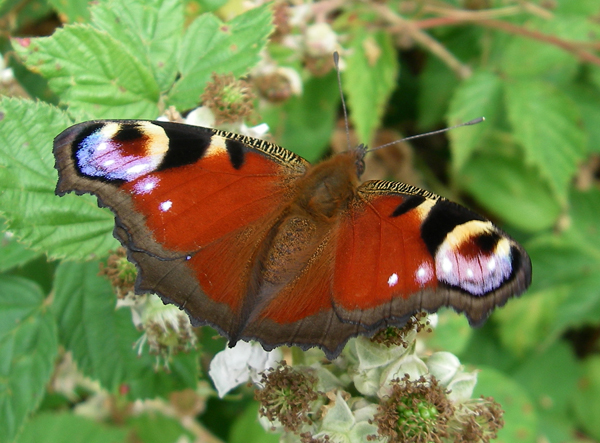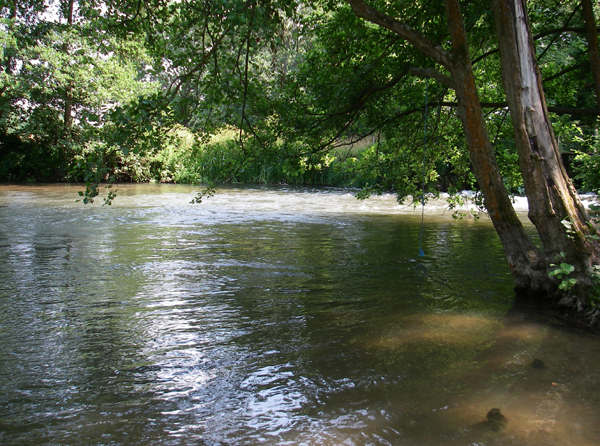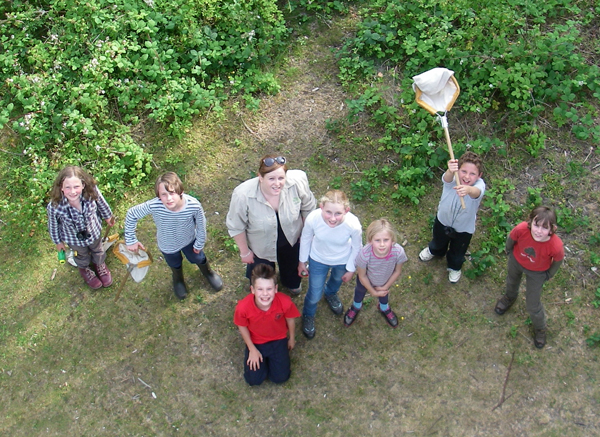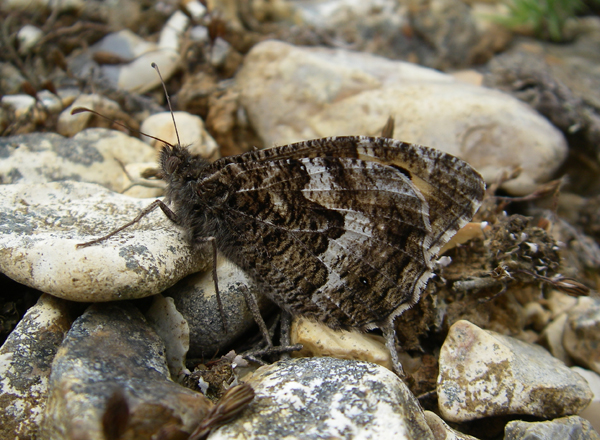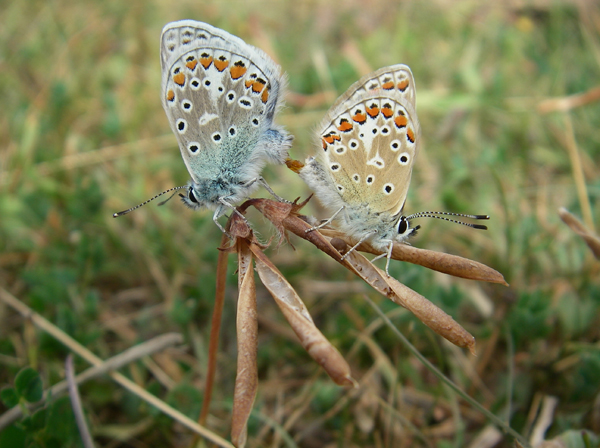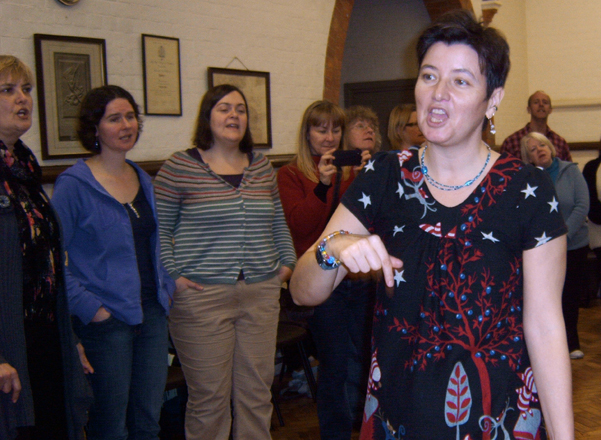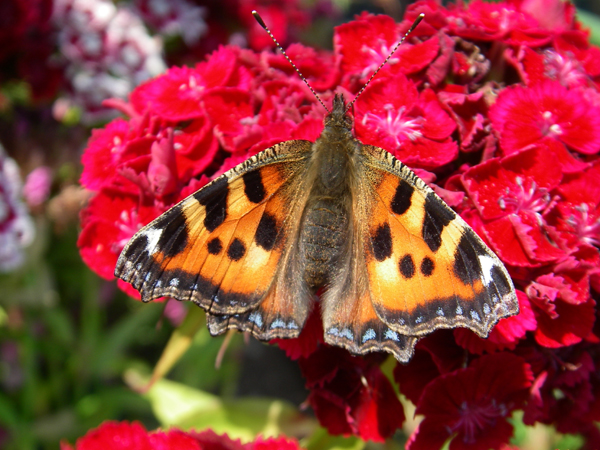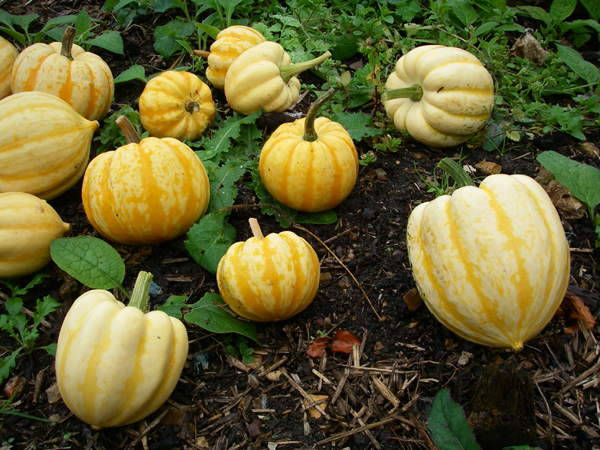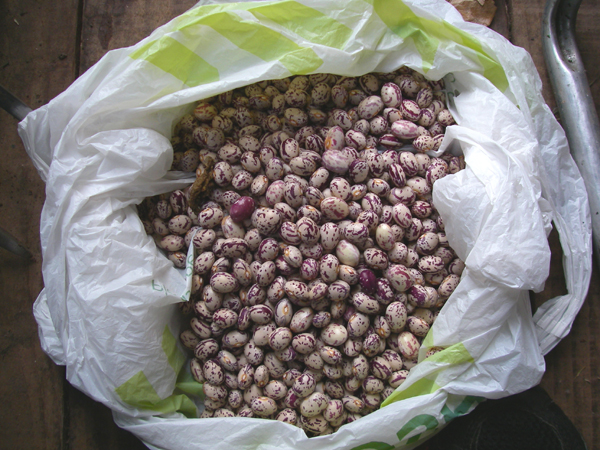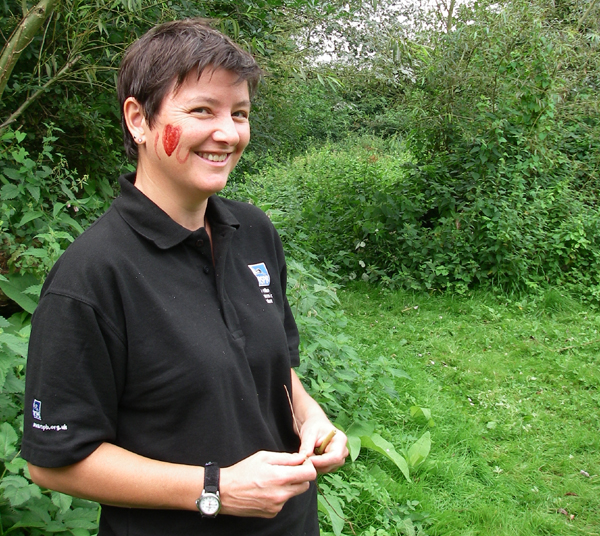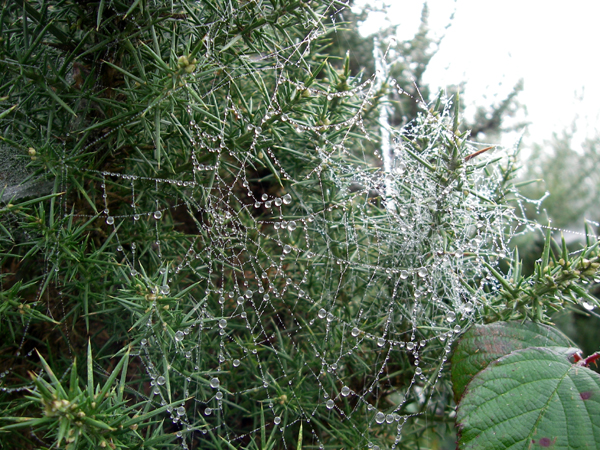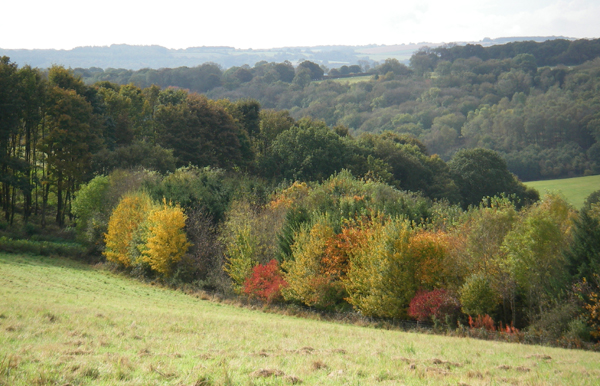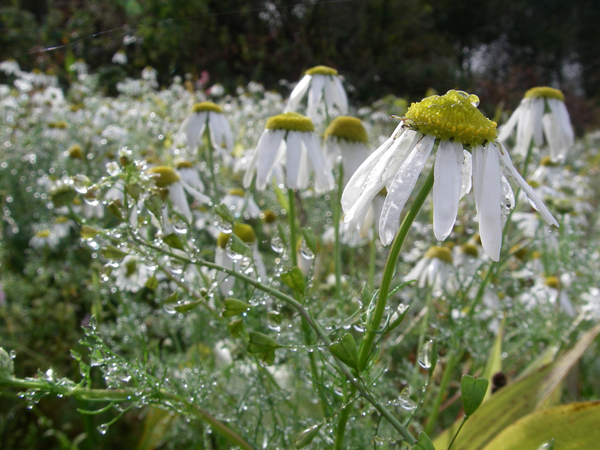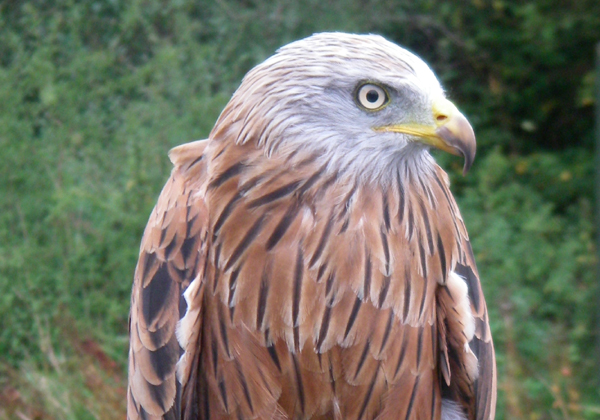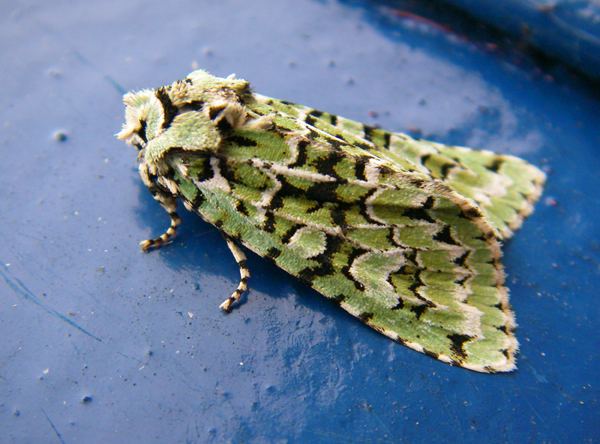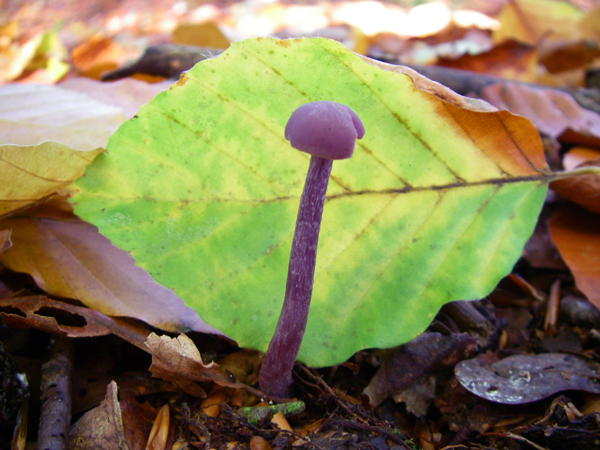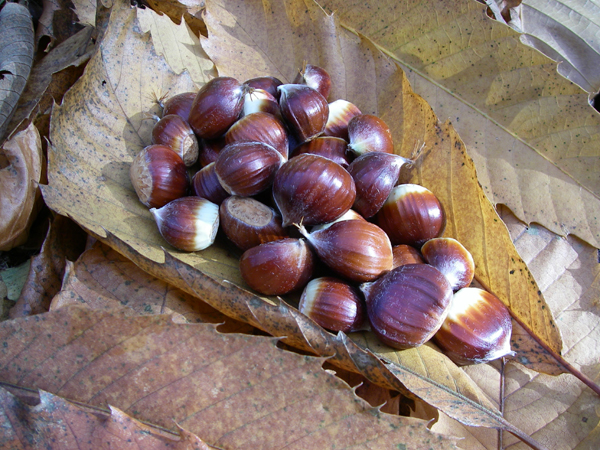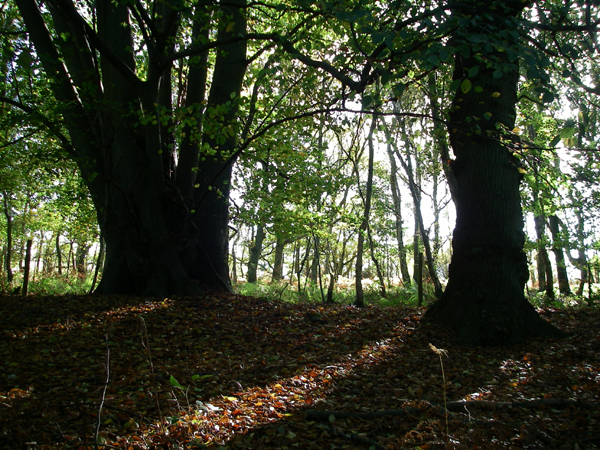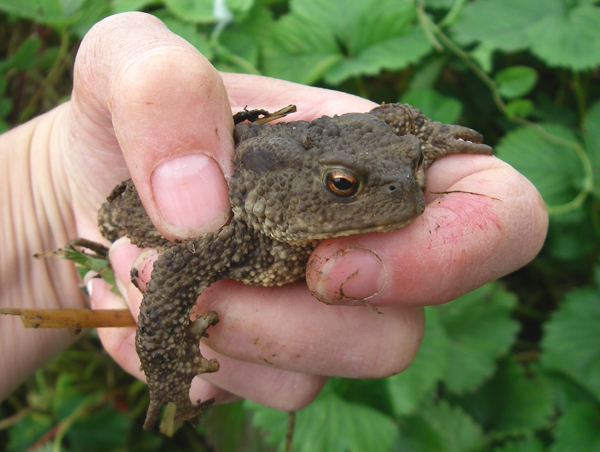‘The butterfly counts not months but moments, and has time enough.’
– Rabindranath Tagore
I start this blog entry with the above quote for a number of reasons, not the least of which being that time recently has seemed in short supply. Summer term is always busy for me on the field teaching front, and in June and July I worked several fifty-hour weeks. At the time it seemed like a good idea… And I certainly enjoyed the teaching. But working silly hours catches up with you: and lo and behold, I am now feeling thoroughly frazzled.
As this is self-inflicted suffering, I’m not asking for sympathy. It’s taken me a fortnight of not teaching to realise just how ‘busy’ I allowed my life to become. While it’s always nice to be working (paying the monthly bills being the tiresomely necessary process it is), like other members of my family I have a tendency to be a workaholic. This is promoted by the fact that I do work that is generally fulfilling and positive – i.e. environmental education, wildlife conservation, and teaching singing in groups.
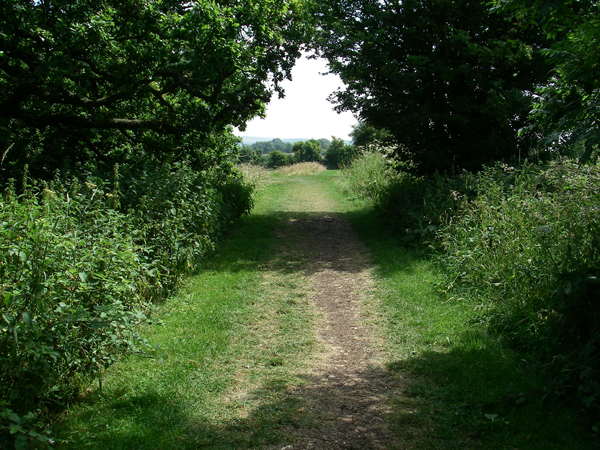 One remedy for this is to get away for a bit. Luckily, I’d arranged some weeks ago to go on a camping weekend with some friends in the Cotswold countryside. A group of us stayed at a peaceful campsite on an organic farm near Stroud. The weather was glorious, the people in our group lovely, and I did manage to defrag my hard drive somewhat.
One remedy for this is to get away for a bit. Luckily, I’d arranged some weeks ago to go on a camping weekend with some friends in the Cotswold countryside. A group of us stayed at a peaceful campsite on an organic farm near Stroud. The weather was glorious, the people in our group lovely, and I did manage to defrag my hard drive somewhat.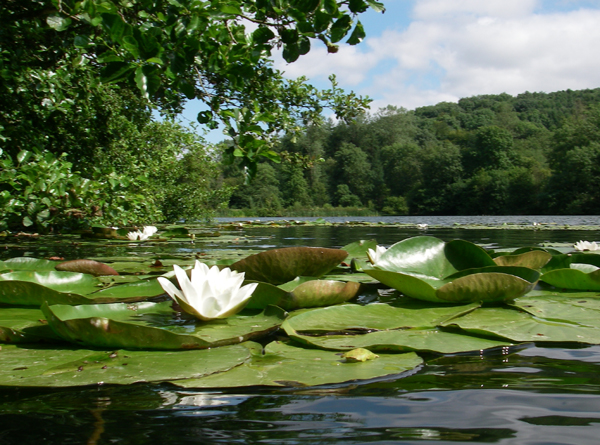
About half an hour’s walk from the campsite, through some National Trust woodland, is a beautiful lake fringed with water lilies and humming with blue damselflies. Several of us from the group, including children, spent two afternoons swimming here. One of the women whom I swam with, who is German, remarked on how curious it is that so few British people swim in outdoor places such as lakes and rivers; whereas in Europe it is a totally normal and common activity.
While ‘wild swimming’ has recently started to enjoy a revival in this country, it still seems to be regarded as an eccentric fringe activity, or even as something trangressive or reckless. I’m not sure exactly why this should be, but I suspect it has to do with two possible factors. One is exaggerated fear about safety. I fully accept that swimming anywhere (including in a pool) carries risk, and there were a few tragic fatalities during the recent heatwave where unfortunate people went swimming in dangerous places. But provided that one follows common-sense guidelines (such as those recommended by the Outdoor Swimming Society), the risk can be managed.
The other issue seems to be access, or lack of it. At the lake where we swam we did have a minor confrontation with a thoroughly unpleasant and aggressive angler who took grave exception to the fact that we were planning to swim in the lake – this despite the fact that the said lake was almost a kilometre long, and there appeared to be ample room for swimmers and anglers alike. After failing to intimidate us (although he did succeed in frightening some of the children in our group) he stomped back into the bushes, while we walked on and found a pleasant and safe swimming spot that was nowhere near any fishing activity.
Being something of a bolshie I tend to be strengthened in my determination to do something if someone authoritatively attempts to dissuade me from doing it. Nevertheless, I am disturbed by the fact that someone feels they should enjoy exclusive access to a body of water simply because they have paid a fee to fish in one small corner of it. Provided that wild swimmers act safely, treat swimming sites with respect (including respecting wildlife) and do not disturb other people, what’s the problem?
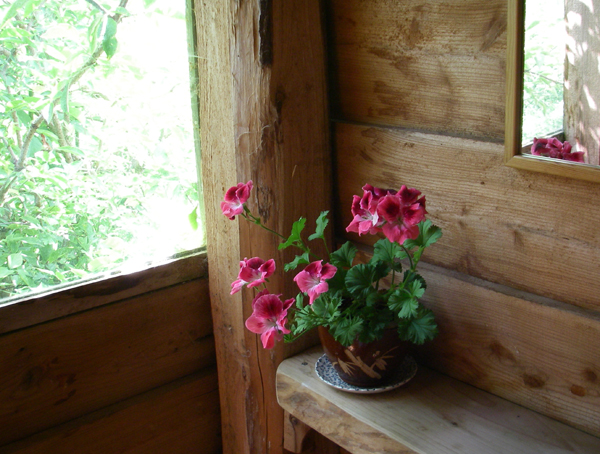 The angry angler incident was soon forgotten in the pleasure of swimming in cool water in such beautiful surroundings. The campsite itself was a lovely place, woodland-fringed with spacious tent pitches and few campers (the farm has a policy of limiting the numbers of people who can stay at any one time). There were eco-showers, washing up areas and very upmarket compost toilets: lah-di-dah loos, as a friend of mine might call them. With potted geraniums, mirrors, soft loo roll and a view down the wooded valley… Who could ask for more from a humble campsite bog?
The angry angler incident was soon forgotten in the pleasure of swimming in cool water in such beautiful surroundings. The campsite itself was a lovely place, woodland-fringed with spacious tent pitches and few campers (the farm has a policy of limiting the numbers of people who can stay at any one time). There were eco-showers, washing up areas and very upmarket compost toilets: lah-di-dah loos, as a friend of mine might call them. With potted geraniums, mirrors, soft loo roll and a view down the wooded valley… Who could ask for more from a humble campsite bog?
As we’ve been blessed with long weeks of unusually hot and sunny weather, I’ve been able to indulge in wild swimming on a semi-regular basis. I was lucky enough to find a good spot in the River Kennet just west of Newbury, where on several scorching summer afternoons I enjoyed cooling down whilst surrounded by nature: trees, reedbeds, damselflies, fish and birds all doing their thing unbothered by me paddling about mid-channel. I encountered a few other local people enjoying the same part of the river, which was encouraging. One man asked me if I wasn’t frightened of attack from savage pike, to which I smiled and replied “No… I’ve got shoes on.” Perhaps I was being cavalier in my attitude to pike-related human maiming incidents: feel free to let me know if you have documented evidence.
One very real threat in the River Kennet has been a recent pesticide pollution incident near Marlborough. Someone somewhere released a tiny quantity of the organophosphate pesticide chlorpyrifos, which was enough to kill all the aquatic invertebrates living in a stretch of the river. The pollution effects were spotted by volunteers working for ARK (Action for the River Kennet), and the incident is still being investigated by the Environment Agency. Fish and birds that feed on the river invertebrates will of course be adversely affected too. I sincerely hope that whoever did this is caught: they may have been careless, stupid or ignorant but above all they should be stopped from doing it again. The Environment Agency is appealing for information, so if you’ve got any why not give them a ring on 0800 807060. And please always dispose of any pesticides, herbicides or other chemicals carefully: never pour them down a drain.
 On a happier note, during September I’m running some wildlife gardening morning workshops at Five A Day Market Garden in Englefield. The photo above was taken of participants on my wild flower and insects course in mid-July, on a truly sweltering hot day. It was a great session with some lovely people, and I’m looking forward to more of them: Trees and Shrubs for Wildlife (14th September), and Garden Birds and Mammals (28th September).
On a happier note, during September I’m running some wildlife gardening morning workshops at Five A Day Market Garden in Englefield. The photo above was taken of participants on my wild flower and insects course in mid-July, on a truly sweltering hot day. It was a great session with some lovely people, and I’m looking forward to more of them: Trees and Shrubs for Wildlife (14th September), and Garden Birds and Mammals (28th September).
My sessions at Five A Day Market Garden are not just for adults, either: there are two family activity sessions coming up in the October half term holiday: Animal Magic! on Tuesday 29th and Thursday 31st October. A good opportunity for families to come for nature-themed fun, and to get creative with arts and crafts. Both sessions are booking up in advance, so if you fancy coming along to either these or my adult wildlife gardening workshops, best to email me at becca@fiveaday.org.uk as soon as possible.
As well as holiday sessions I’ve been working with Thatcham Young Rangers, the environmental youth group that runs at the Nature Discovery Centre in Thatcham. Sadly the RSPB funding that enabled me to work with the group has come to an end, with my last session with the kids being in early September. (The Young Rangers group itself is continuing, under the great leadership of co-leader Becky O’Melia, supported by staff from BBOWT, the Berks Bucks & Oxon Wildlife Trust.) I will miss the children hugely: they’re a fabulous bunch, and hugely knowledgeable about wildlife. There were a few wobbly lips (including mine) when I told them I was leaving, but hopefully I’ll be invited back as a ‘special guest’ from time to time.
Partly as a result of recent changes (the RSPB ending their involvement at Thatcham, and BBOWT negotiating a working arrangement with West Berkshire Council to take on responsibility for managing several local nature conservation sites, including Thatcham Reedbeds and Greenham Common), I’ve been spending some time taking part in more voluntary conservation activities locally. As part of an ongoing conservation project, BBOWT organise regular moth trapping sessions at Greenham Common and Thatcham Reedbeds. I’ve managed to get along to a couple of these during the recent warm weather, when moths have been abundant. I’ve spent a fascinating few hours peering at the moths coming in to light traps, in the company of local moth experts and BBOWT staff. Moths range from the tiny and drab to the large and spectacular, such as the Elephant Hawkmoth pictured above. Well worth dedicating a few hours to, as long as you don’t mind a late night (most moths generally come out to play around midnight or later) and the odd mouthful of midges.
Of course, not all moths come out at night. I photographed this 6-Spot Burnet Moth during an afternoon butterfly transect up on Greenham Common, where it was enjoying the sunshine and 32ºC temperatures (unlike myself and the other two volunteers carrying out the butterfly survey!). These stunning moths, with their dark metallic green wings spotted with scarlet, are often present in large numbers in open flower-rich habitats. The adults feed on nectar in wild flowers such as thistles and knapweeds, whilst the caterpillars munch Bird’s-foot trefoil Lotus corniculatus.
Butterfly transects are part of the UK Butterfly Monitoring Scheme: a specific walk route is followed on a weekly basis between April and September, with the species and numbers of butterflies seen being recorded and data fed back to the UKBMS. On the two transects I’ve done recently at Greenham, the warm weather had brought out quite a few species – including a pair of Purple Emperors, which we watched gliding about in the tree canopy in the south of Greenham Common. Purple Emperors have a habit of sitting on animal poo to feed on the salts in it, not something that people generally associate with butterflies! I didn’t manage to get photos of the Emperors, but I did get right up close to this Grayling (above), while it pretended to be a stone. Grayling butterflies are found in southern coastal areas and heathlands but are declining in the UK, with numbers down 45% in the last 40 years.
Another butterfly we spotted during our transects were Common Blues, including this mating pair who very obligingly sat still for some time for me to photograph them. (I suspect they were rather preoccupied.) The male is on the left, the female on the right; while the plant that they’re sitting on is Bird’s-foot trefoil, one of their caterpillar food plants.
It was a bit of a treat for me to allow myself some time for volunteering, but I’m very glad that I did so. After last year’s dismally wet and chilly summer, when the heatwave hit the UK this year I was determined to make the most of it. Seeing so many of our native butterflies and moths on the wing has been a great reward. Hopefully I’ll get a bit more time for exploring and finding wildlife as the summer goes on.
When the summer school holidays roll around I often think I’m going to have lots of ‘spare’ time for doing things in, but as usual the time seems to be disappearing! I take advantage of office time at home to do lesson planning, including preparing music for the local community choir (Sing The World) that I co-lead in Newbury. It’s lovely to be listening to and choosing music, but now comes the task of learning it. I teach acapella harmony songs by ear, singing the parts to folks until they’ve learned them, so my brain has to file away quite a lot of music – in addition to the choir I’m also leading a Mellow and Magical singing workshop in October. My chosen method of learning songs is to listen to them on my MP3 player and practice each harmony part, so at certain points in the day I can be seen in queues at the post office or in the supermarket, singing along to a tune that only I can hear. No-one seems to mind, however.
As I seem to be flitting about doing all kinds of things, it seems appropriate to finish this blog entry as I started it: with a butterfly. While a great deal of my current workload is preparing for the months ahead, I will try to remind myself to stay in the moment, and enjoy each one for what it brings me. I hope that your summer brings you many magic moments, and plenty more sunshine.

